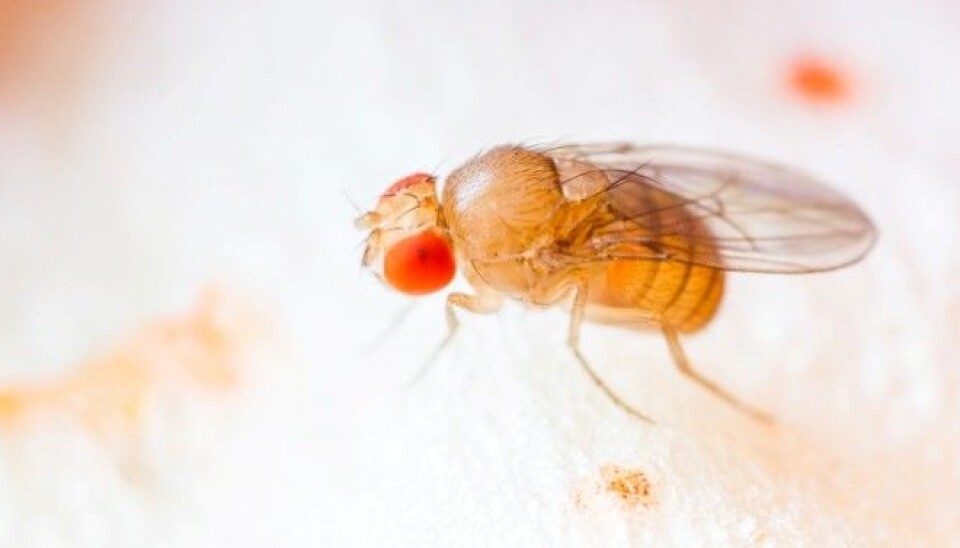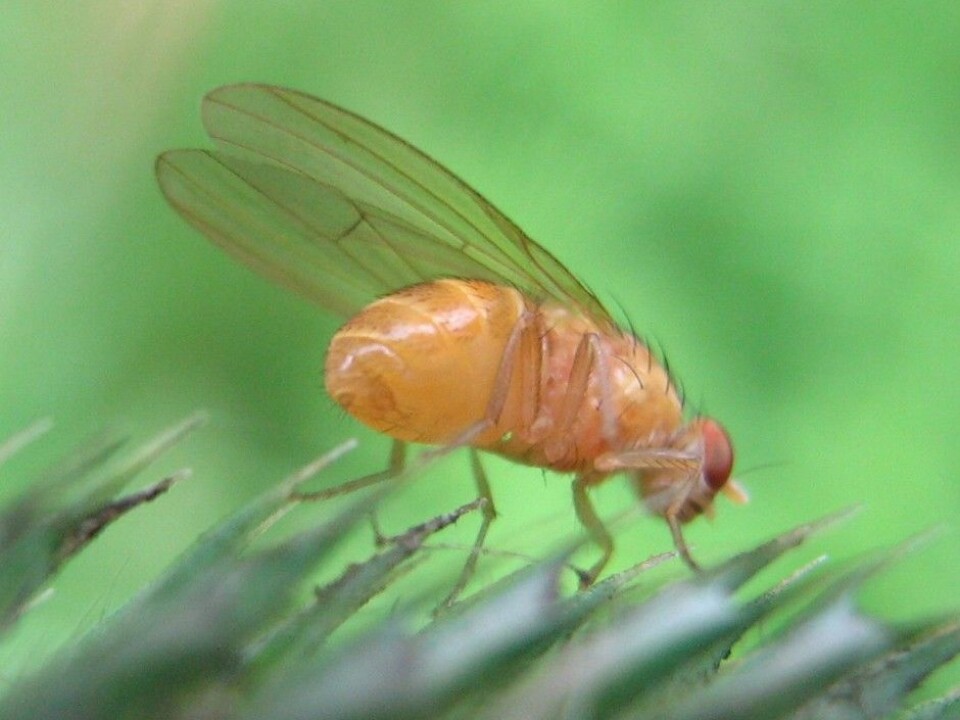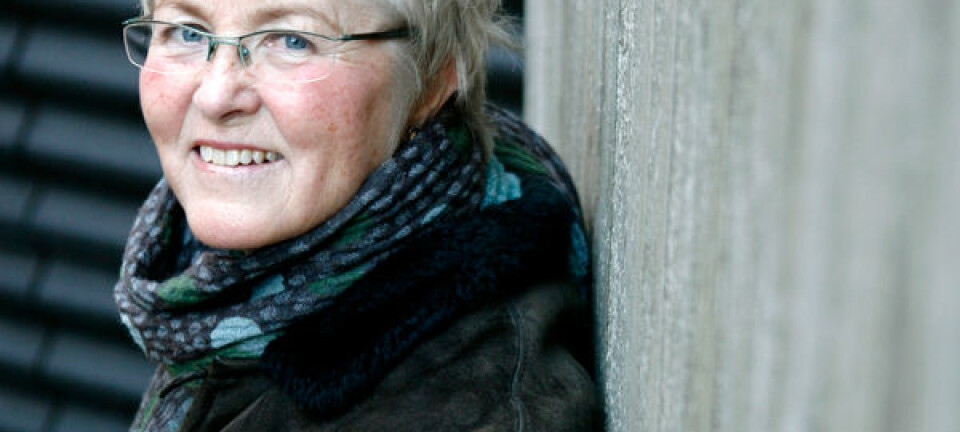An article from Norwegian SciTech News at NTNU

Searching for answers to a century-old biological question
With the help of 58,046 fruit flies, scientists in Florida and Norway have shed light on a question that biologists have puzzled over for the last 100 years.
Denne artikkelen er over ti år gammel og kan inneholde utdatert informasjon.
Throughout the natural world, shape, physiology and behaviour are strongly related to the size of the organisms.
These relationships are found both within species and between species, and often remain unchanged in species separated for millions of years. For example, the hearts of small species beat much faster than those of large species, and the antlers of small deer species are smaller, relative to body size, compared to antlers of large species.
Sometimes these relationships are so strong that they are considered to be laws of nature, so much so that generations of biologists over the last 100 years have wondered whether or not these relationships can be changed by natural selection.
In a paper published this week in the Proceedings of the National Academy of Sciences of the United States (PNAS), researchers from the Norwegian University of Science and Technology’s Center for Biodiversity Dynamics (CBD), the Centre for Evolutionary and Ecological Synthesis at the University of Oslo and Florida State University now say that the answer to this question is both yes (in principle), but no (in practice).

“Our results suggest that these traits can evolve, but changing these relationships creates deleterious side effects for the organism. Therefore, evolution through natural selection will be strongly constrained, at least on shorter timescales of less than one million years,” the researchers said.
58,046 fruit flies
The researchers had help exploring this question from 58,046 fruit flies (Drosophila melanogaster) in an experiment where the flies were deliberately bred to have relationships between wing shape and size that you would not normally see in nature.
“In just 26 generations, we managed to create relationships between the shape and size of fly wings that were more extreme than those resulting from more than 50 million years of evolution,” says Geir H. Bolstad, a former postdoctoral fellow at CBD, and now a researcher at the Norwegian Institute for Nature Research (NINA) who is also lead author of the PNAS paper.
However, when researchers stopped their artificial breeding efforts and let nature take its course, the relationship between shape and size returned to normal in just 15 generations.
In other words, many generations of artificial selection were reversed relatively quickly when natural selection itself was left to decide which characteristics were the best for the flies. To understand why this is so requires a more detailed explanation.
Natural law: Small wings are roundest
In flies, small wings are normally rounder than large wings. This relationship between roundness and size is very consistent, and it has held more or less true over more than 50 million years of evolution.
But by artificial breeding, the research team managed to change this relationship in just 26 generations.
“We managed to selectively breed flies so that large wings were rounder than small wings, but also the opposite so that the small wings were even rounder and the large wings even more elongated than expected compared with the normal populations,” Bolstad said.
This means that the proportions between the various traits changed systematically in a different ways, as if there were longer fingers on smaller hands than on large hands.
But when the researchers stopped their artificial breeding efforts, the relationship between size and roundness in the flies’ wings returned to normal in just 15 generations.
Most surprisingly, in flies where the researchers had heavily modified wing shape through artificial selection, without affecting the relationship between wing shape and size, there was no such return to the starting point.
In nature, the form and size of a wing are important for aerodynamics. In a laboratory, however, being aerodynamic is not critical to a fly’s survival.
Stable characteristics over millions of years
“The reason that the relationship between size and roundness returned to the starting point is probably because we selected genes that also negatively affected other characteristics,” Bolstad said.
Natural selection thus “corrected” the changes that researchers had created through artificial breeding. It took only relatively few generations to make these corrections because the negative characteristics that resulted from the artificial breeding put flies at a disadvantage in the competition to reproduce.
This is consistent with a fundamental biological theory that basic developmental processes in an organism are linked to many other properties, because the same genes affect a number of properties.
Allometric relationships, such as the relationship between wing size and shape in flies, are considered to be the result of such fundamental development.
For that reason, researchers expect artificial selection to have negative effects on the organism’s essential characteristics.
“In fact, this may be an important part of the explanation why some properties and relationships remain unchanged over millions of years of evolution,” Bolstad said.
Constraints on evolution
“This project has been a wonderful collaboration between several research institutions where we made an important step forward in understanding processes that constrain evolution. Our results answer several of our initial questions but also raise new questions about development and selection,” said Christophe Pélabon, an NTNU professor of evolutionary biology who was head of the project at CBD.
The experiment does not provide the definitive answer to the question of what limits evolution, the researchers said, because they studied only one trait of one organism, and additional research needs to be conducted to determine if the findings can be applied more generally.
-------------------------------------
Read the Norwegian version of this article at forskning.no


































